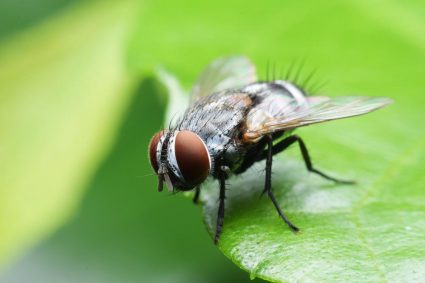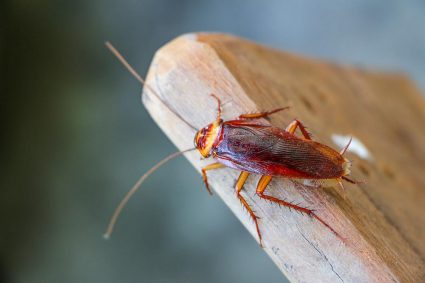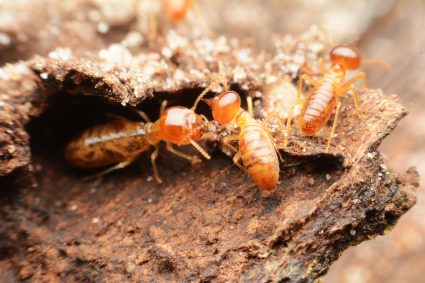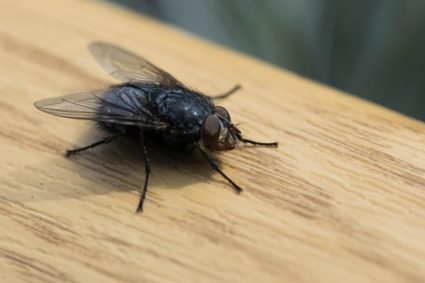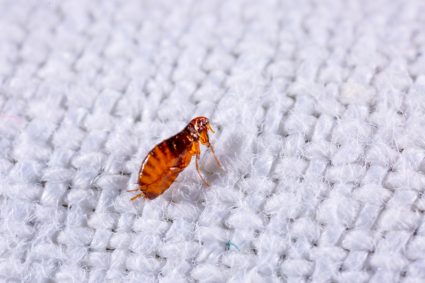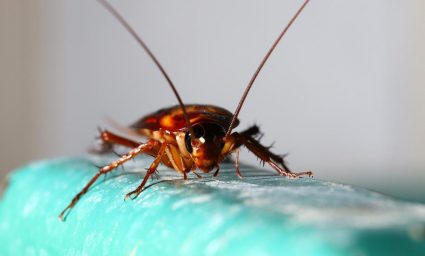
While it’s unrealistic to aim for the complete extinction of roaches due to their ecological importance and adaptability, we can certainly work towards controlling and eliminating them from our homes. This comprehensive guide will walk you through the most effective methods to get rid of roaches, the environmental impacts of doing so, and preventive measures to keep them from coming back.
Making roaches completely extinct isn’t feasible or environmentally beneficial due to their role in the ecosystem. However, homeowners can effectively control and eliminate roaches from their homes using a combination of traps, gels, pesticides, and natural remedies. Additionally, maintaining cleanliness, sealing entry points, eliminating food and water sources, and seeking professional help can prevent roach reemergence.
The Most Effective Extermination Methods
A combination of traps, gels, pesticides, and natural remedies proves to be the most effective way to eliminate roaches. Here are some of the best options:
- Combat Max Roach Killing Gel: This gel attracts and kills roaches trying to enter the home.
- Roach Traps: Combining food with insecticides like hydramethylnon, traps like Combat Cockroach Trap and Roach Motel can help catch and kill cockroaches.
- Insecticides: Products like Advion Cockroach Gel Bait are popular for controlling German roaches.
- Natural Remedies: Diatomaceous Earth (DE), Borax and Sugar, Baking Soda and Sugar, and Essential Oils can be used to repel or kill roaches.
Remember, a combination of these techniques usually yields the best results.
Environmental Impact of Making Roaches Extinct
Roaches play a crucial role in the ecosystem, serving as a food source for various animals, contributing to nutrient cycling, and maintaining biodiversity. Making them extinct would have negative consequences on the food chain, nutrient cycling, and biodiversity.
Natural Predators of Roaches
While natural predators like amphibians, small mammals, reptiles, insects, birds, and rodents can help control the roach population, introducing them into your home may not be the best solution. It’s recommended to focus on prevention and control methods, such as cleanliness, sealing entry points, and using traps or professional pest control services.
Homeowners’ Contribution to the Extinction of Roaches
Homeowners can contribute to the extinction of roaches by maintaining cleanliness, sealing entry points, using natural remedies, trapping roaches, applying insecticides, eliminating water sources, proper food storage, regular garbage disposal, and seeking professional help.
Preventing Roach Reemergence
To prevent roaches from reemerging after extermination, homeowners should maintain cleanliness, eliminate food sources, remove excess water, seal openings, declutter, have regular maintenance, use bait stations and traps, apply desiccating dusts, monitor outdoor areas, and schedule regular inspections.
Time to Exterminate a Roach Infestation
The time it takes to exterminate a roach infestation can vary, but most infestations take about two weeks to terminate, while heavy infestations may take up to eight weeks.
Consequences of a World Without Roaches
The extinction of roaches would have significant consequences for various species and the overall health of the environment, including the disruption of the food chain, nutrient cycling, and loss of biodiversity.
Role of Roaches in the Ecosystem
Roaches serve as a food source for various animals, help in the breakdown and recycling of decaying organic matter, and contribute to the overall health of the ecosystem. Their extinction would negatively impact various organisms and the overall health of the environment.
Benefits of Roaches in the Ecosystem
Roaches serve as a significant food source for other creatures, help recycle dead plants and animals, improve soil quality, aid in pollination, and even help control other pests.
While roaches can be a nuisance in our homes, they play an important role in our ecosystem. It’s essential to balance the need for roach control with the understanding of their ecological significance. Remember, a roach-free home doesn’t have to mean a roach-free world.
Frequently Asked Questions
What types of roaches are most common in homes?
The most common types of roaches found in homes are the German cockroach, American cockroach, Oriental cockroach, and Brown-banded cockroach.
Are there any health risks associated with roaches at home?
Yes, roaches can pose health risks as they can carry and spread bacteria and allergens that can cause diseases such as asthma, allergies, and food poisoning.
How often should I schedule professional pest control services?
The frequency of professional pest control services can depend on the severity of the infestation. However, for prevention, it’s recommended to schedule a service at least once a year.
Can roaches become resistant to certain pesticides?
Yes, roaches can develop resistance to certain pesticides over time, which is why it’s recommended to use a combination of methods and to rotate between different types of pesticides.
Are there any signs to look for that indicate a roach infestation?
Signs of a roach infestation can include seeing roaches during the day, finding roach droppings, spotting roach egg cases, and noticing a musty odor in your home.
Are there any specific areas in the house that roaches are attracted to?
Roaches are attracted to areas that provide food, water, and shelter. This can include kitchens, bathrooms, basements, and crawl spaces. They are also drawn to clutter and unsealed food containers.


